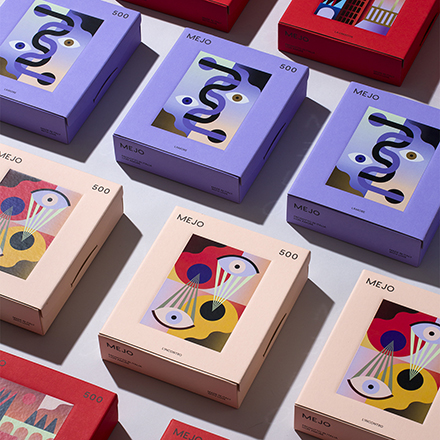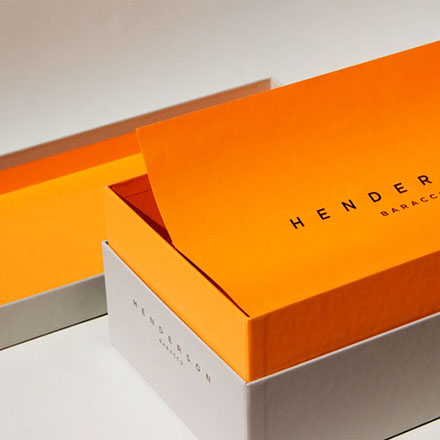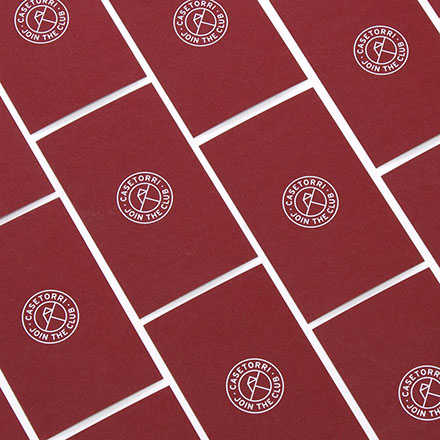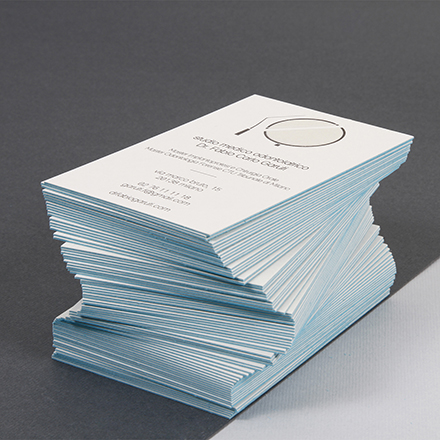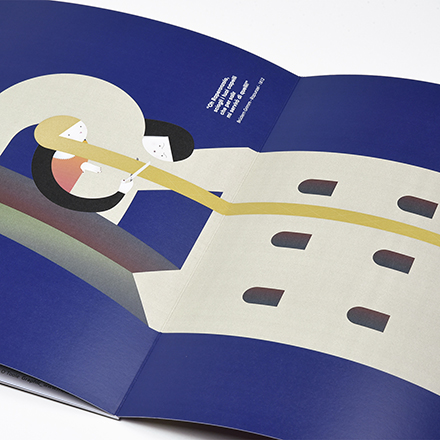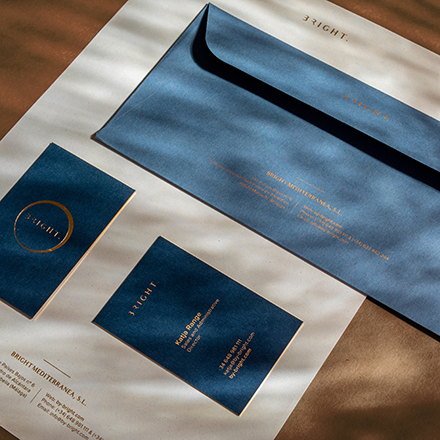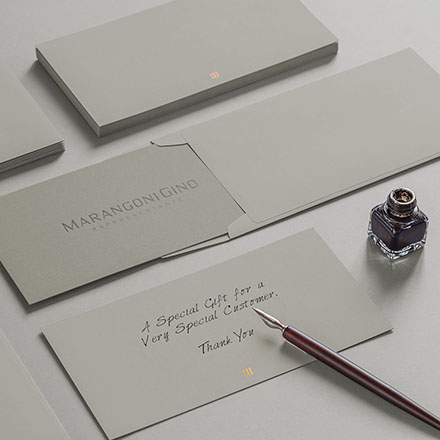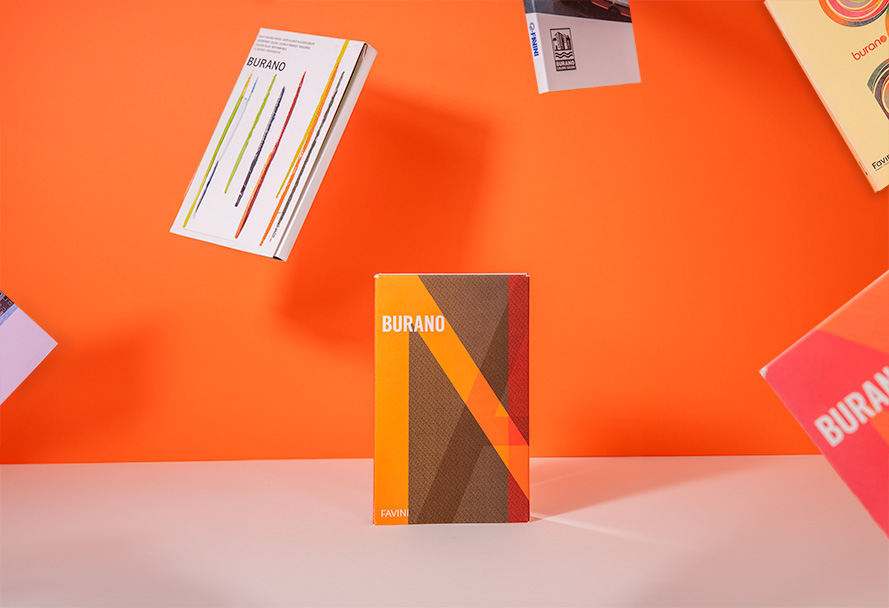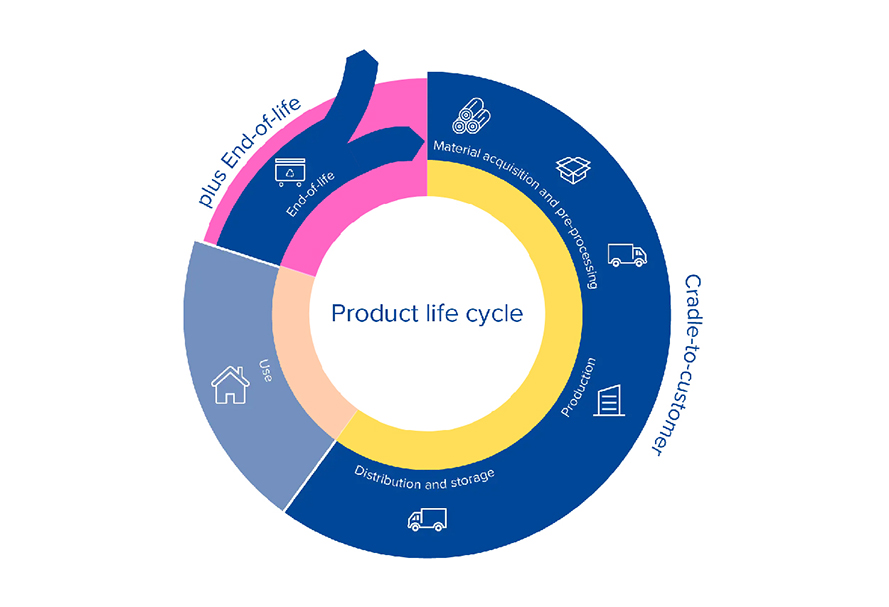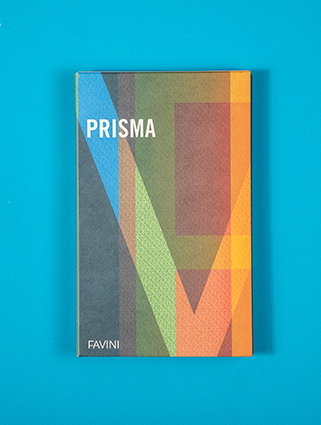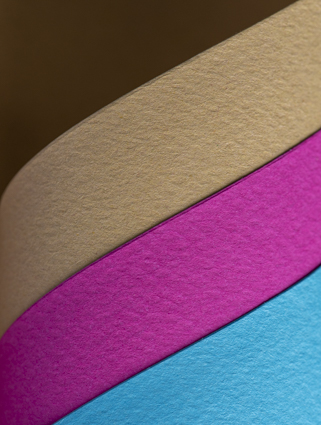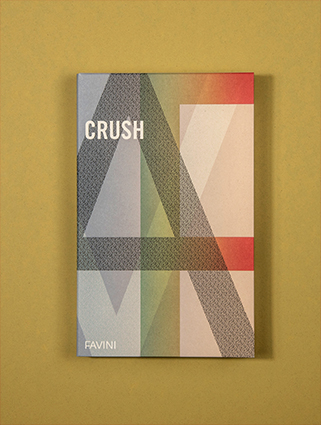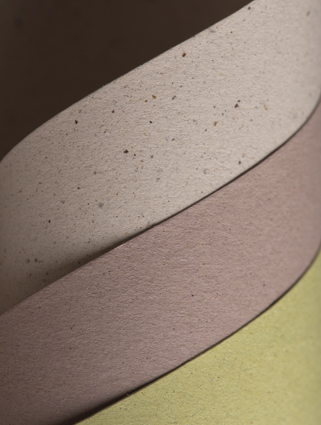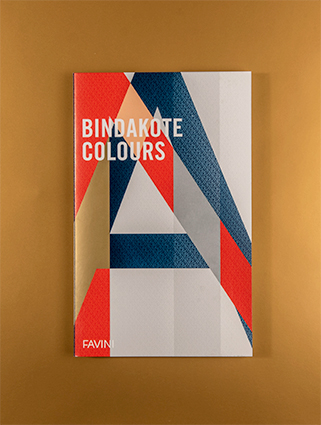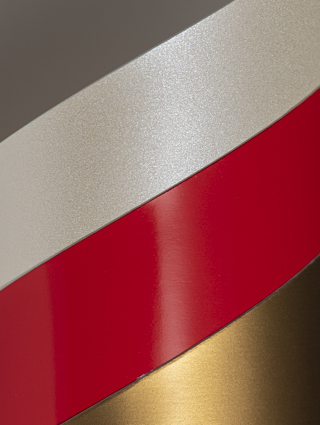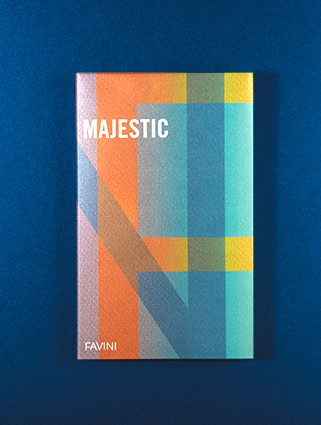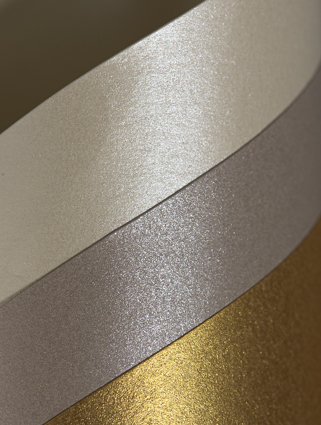
Historical background

If we had the chance to visit every paper mill, we would notice that most of them produce mainly white paper, but this is not the case at Favini! White is the most widely used version for common end uses. Think for example of how much photocopy paper is used in schools, in the office or at home!
Many paper mills have focussed in this area whilst Favini has positioned itself towards a different niche: Fine print and luxury packaging. For these areas, what is the best way to stand out? It is to focus on colour!
That’s why if you take a tour of our plant in Rossano Veneto (VI) you will be overcome by a myriad of colours: large reels of paper in pastel, strong or dark colours that fill our warehouses before being transformed into sheets that are destined to be printed or to be made into covers, invitations, clothing labels, packaging, catalogue inserts, magazines and quality book publications.
From the Colorissimi name to Burano: the rebranding of Favini’s coloured paper range
The Colorissimi brand has historical roots dating back to the 1970s, as Andrea Favini, the company’s Export Sales and Marketing Director, explained to us. At that time, Favini had an agreement with an American paper mill in Wausau, Wisconsin, to introduce new innovations in the production of tinted papers. From this collaboration came an innovative line of papers ‘Colorissimi Favini’, which made its official launch at Grafitalia with a vibrant and colourful stand.
The range was divided into three lines: Colorissimi Acqua with pastel tones, Colorissimi Luce with intense colours, and Colorissimi Fuoco, an imitation parchment. From its very earliest days of marketing, Colorissimi established itself as a successful brand, gaining interest in foreign markets and positioning itself amongst Favini’s other key brands such as Biancoflash.
During the 1980s, the brand underwent a significant rebranding operation: the Acqua and Luce lines were unified under the name ‘Burano Colori Favini’, whilst its Fuoco line became ‘Laguna’. Subsequently, between 2005 and 2006, the collection was further simplified, to become simply ‘Burano’.
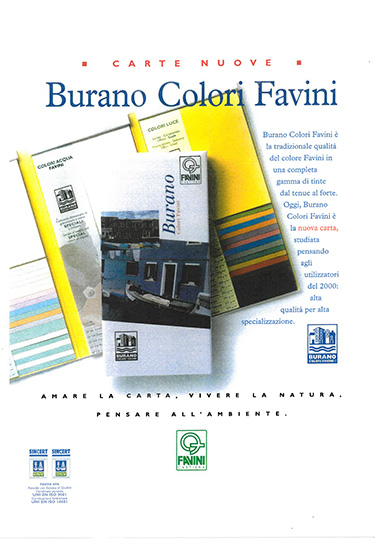
Logos evolution
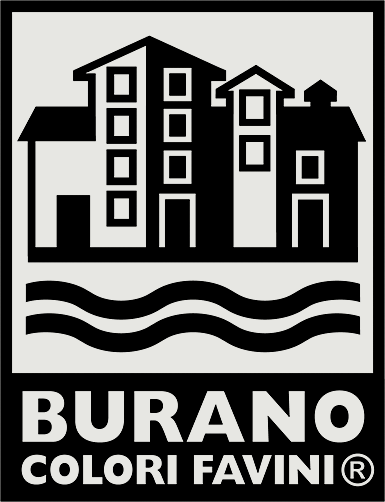




Favini’s range of coloured papers has continued to evolve over time, constantly updated to offer an ever-increasing selection of colours, weights and sizes.
In the early nineties, thirty-one colours were offered, with shades ranging from pastel to strong, bright colours to very dark colours. In 2007, the range was extended and adjusted, including new intense and dark shades such as Shocking Pink, Indian Red, as well as Brown and Graphite Grey. Then, during 2014, the range was further enhanced with the addition of even darker shades, including Stone Grey, Tobacco and Burnt Orange.
Today, the collection comprises thirty-five colours designed to meet the demands of an increasingly demanding market and to inspire creative people that are looking for papers to enhance their applications in the world of luxury print and packaging.
Sample evolution
The swatch sampling collateral has also followed the evolution of the colour range, adapting accordingly. In the 1990s, the association with the Lagoon and the island of Burano was strong, both visually and conceptually, but over time the visual aspect has gradually evolved, whilst always keeping its original spirit.
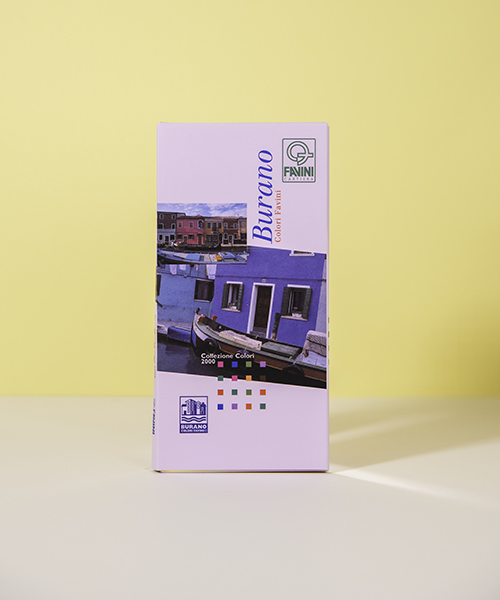
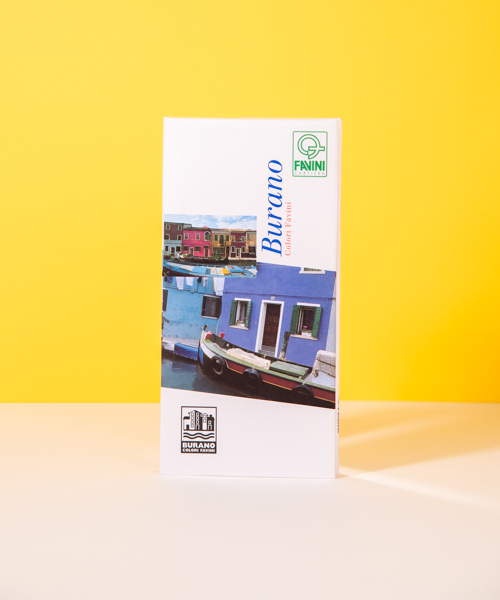
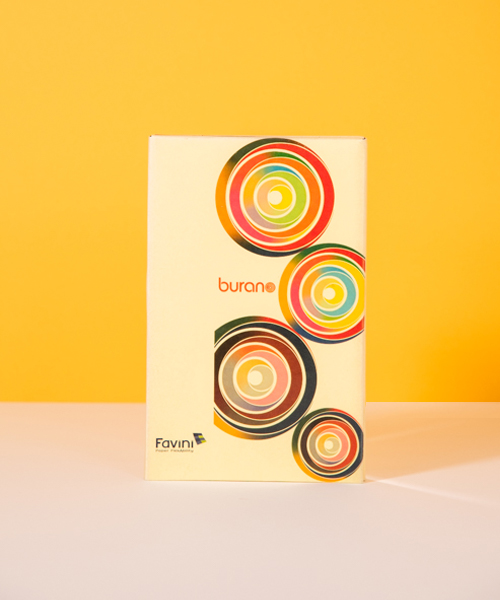
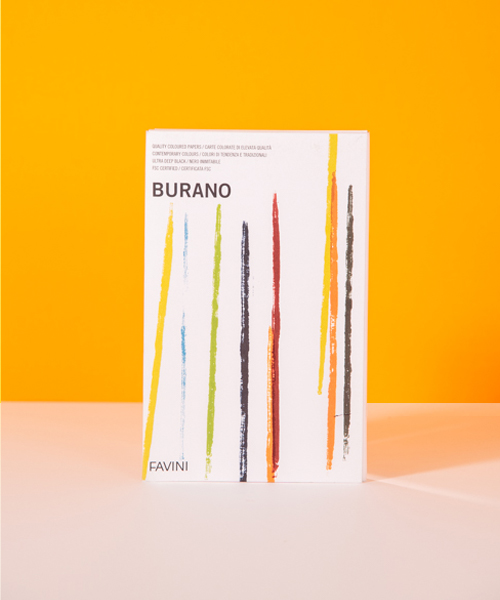
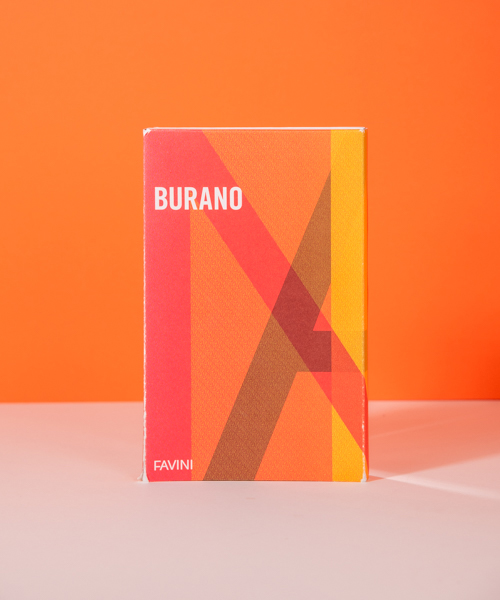
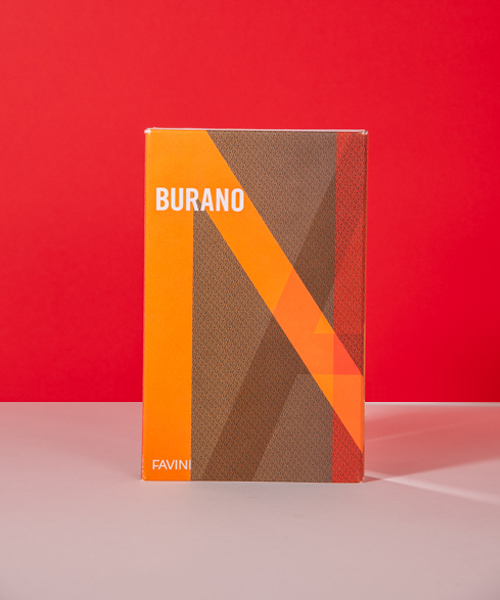
Initially, the sample swatch books organised the tints by their colour similarities: Pastels were grouped together, as were stronger and darker shades. However, at the beginning of the 2000s, this distinction was diminished, reflecting the transition into ‘Burano’ as a single name, and dropping its former association to Colorissimi.
In 2007, the swatch book appeared as a true palette of assorted colours, with a harmonious and captivating arrangement. At this time, Burano Black is re-positioned to its own dedicated side in the swatch reflecting its particular importance and recognition from the market.
Burano today
Burano, one of Favini’s classic brands, continues to be widely appreciated both in Italy and abroad. Over the past five years, the brand has experienced steady growth in a number of global markets, with the five main purchasing countries from different world areas.
The heart of Burano remains undoubtedly colour, with Black standing out as one of the most popular shades, a symbol of sophistication and versatility. But Burano does not stop at classic colours options: Brighter shades such as Sky Blue and Cobalt Blue also make their mark, demonstrating the brand’s ability to meet the most diverse creative needs. This perfect combination of elegant and bright colours keeps Burano as a point of reference for those seeking quality and originality in the world of paper.
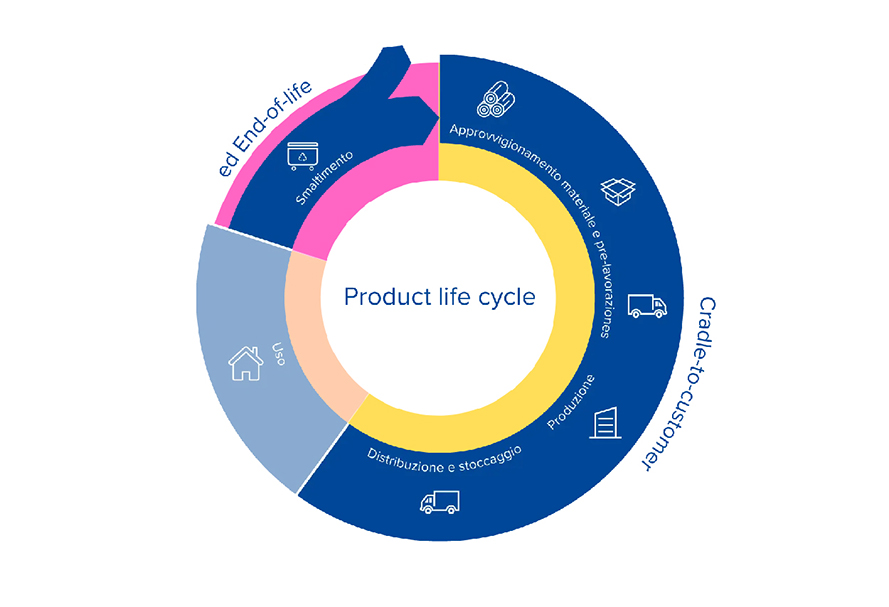
This importance in terms of notoriety and demand is reflected in the monitoring of the carbon footprint throughout its life cycle. The CO2 emissions of the coloured Burano product were recently calculated by ClimatePartner according to the Greenhouse Gas Protocol Product Life Cycle Accounting and Reporting Standard (GHG Protocol). Favini’s aim is to identify the most impactful steps in the entire life cycle of Burano and to take action on the most critical ones.
The paper
Burano is the range of high quality tinted and smooth papers suitable for applications in papermaking, print and creativity. One of Favini’s historical and best-loved papers, it is available in nine grammages and no less than thirty-five colours. Favini has submitted Burano to a Co2 emissions calculation, demonstrating the company’s attention to the environment and for the identification of improvement actions aimed at reducing consumption.
Methodology and boundaries of the system
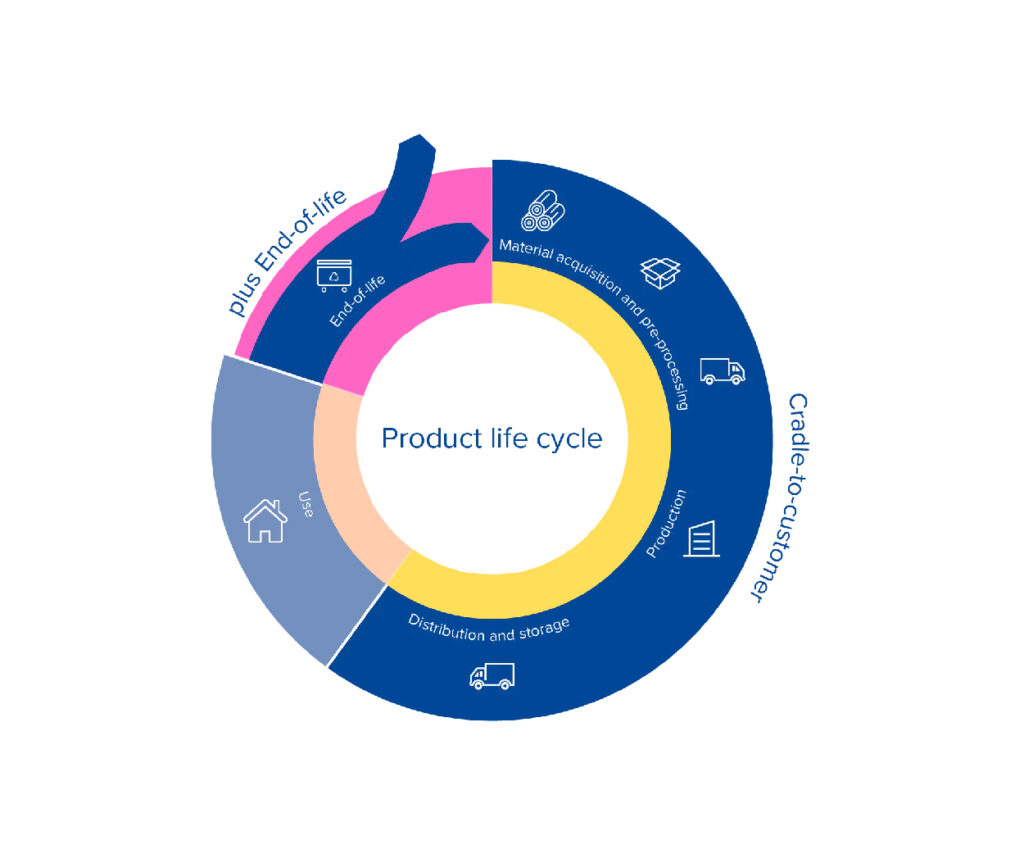
The calculation of the CO2 emissions of the tinted Burano product was carried out by ClimatePartner according to the Greenhouse Gas Protocol Corporate Accounting and Reporting Standard (GHG Protocol).
The method used to calculate the Product Carbon Footprint was Cradle to consumer plus end of life, considering all stages of the product life cycle controllable by the producer. These phases include the material acquisition and pre-processing, packaging, production and delivery of the product to the customer. For the end of life, the disposal and packaging phases are also taken into account.
The calculation was mainly based on primary data; where this was not available, secondary data from recognised sources was used. In addition, emissions that are difficult to attribute directly to the product but are necessary to produce it, such as employee travel to and from work and business trips, were also included in the calculation.
The emissions
Emissions data for Burano production was sorted according to life cycle stages and represented in two ways: in table format and by a pie chart. The latter allows one to quickly see how the raw material supply and production phases affect the carbon footprint.
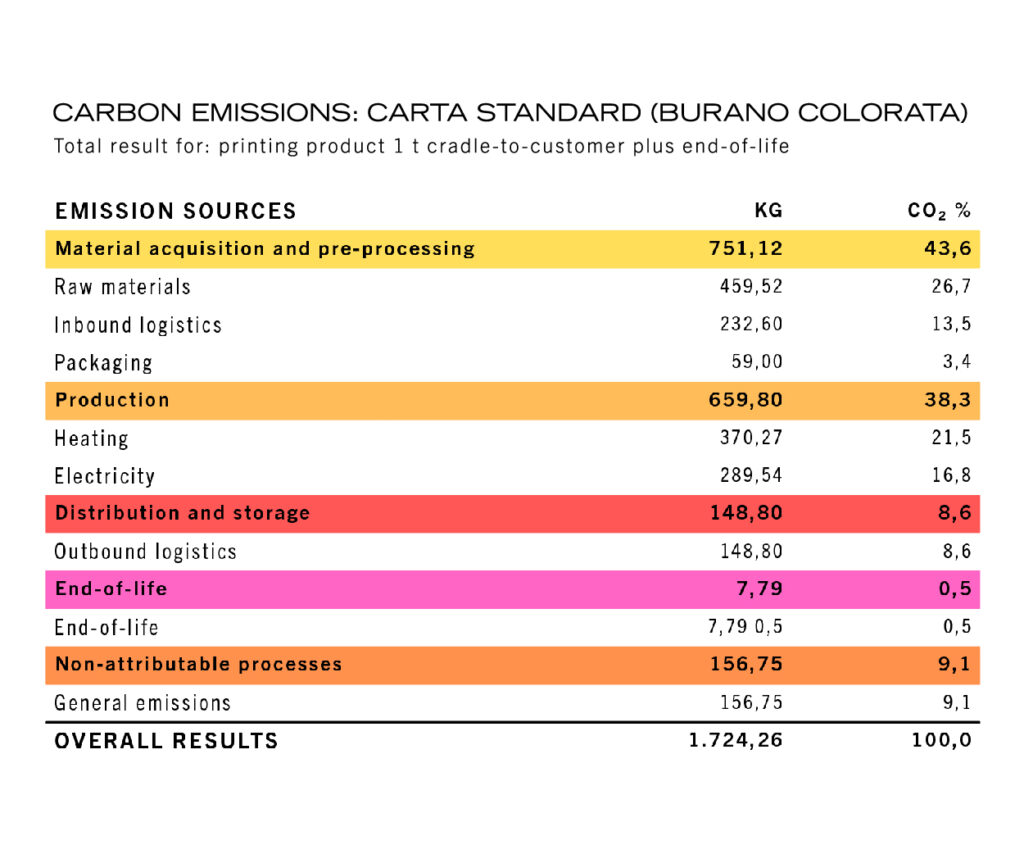
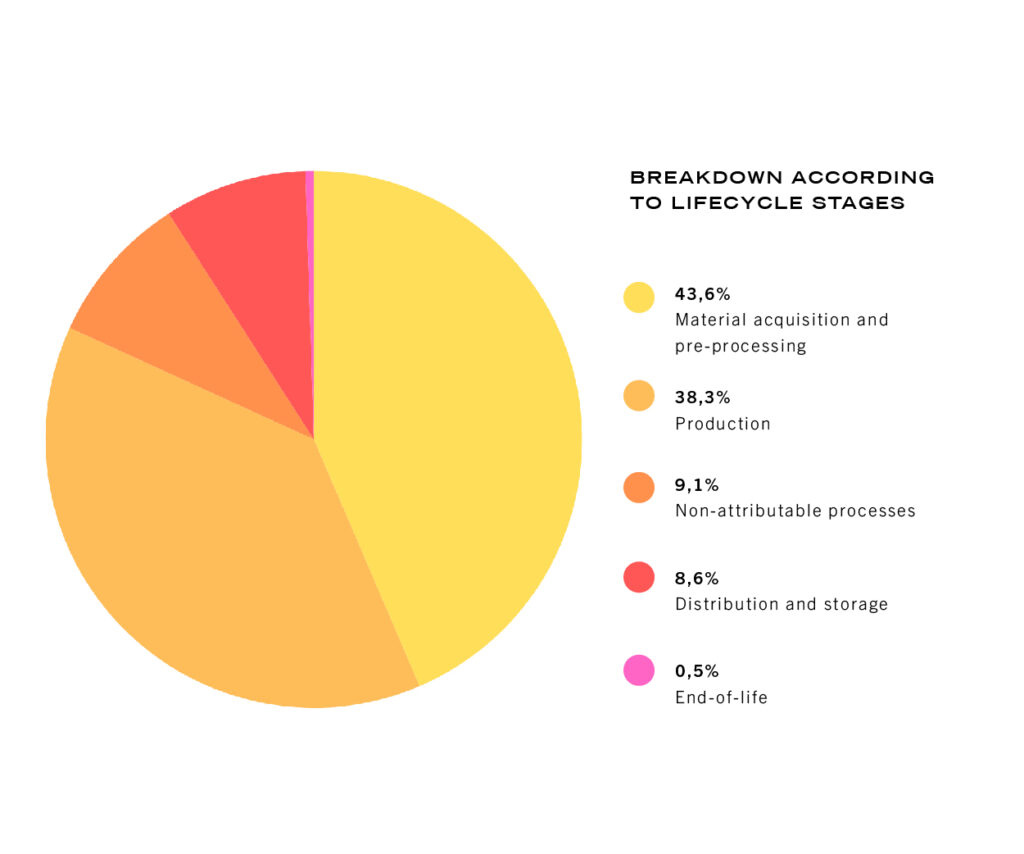
Actions for Reduction
The Carbon footprint is the parameter that makes it possible to determine the environmental impacts that anthropogenic activities have on climate change and therefore on global warming. The figure is derived from the sum of greenhouse gas emissions into the atmosphere caused by the product and allows the organisation to set targets and take action to reduce existing emissions and avoidable emissions.
Avoidable emissions can be reduced by taking action at the product design stage; by implementing better plant technologies that enable energy and environmental efficiency; by using potentially recyclable materials, and by sourcing raw materials and packaging locally. Residual greenhouse gas emissions, i.e. those remaining after the implementation of reduction actions, can be offset through climate protection projects.
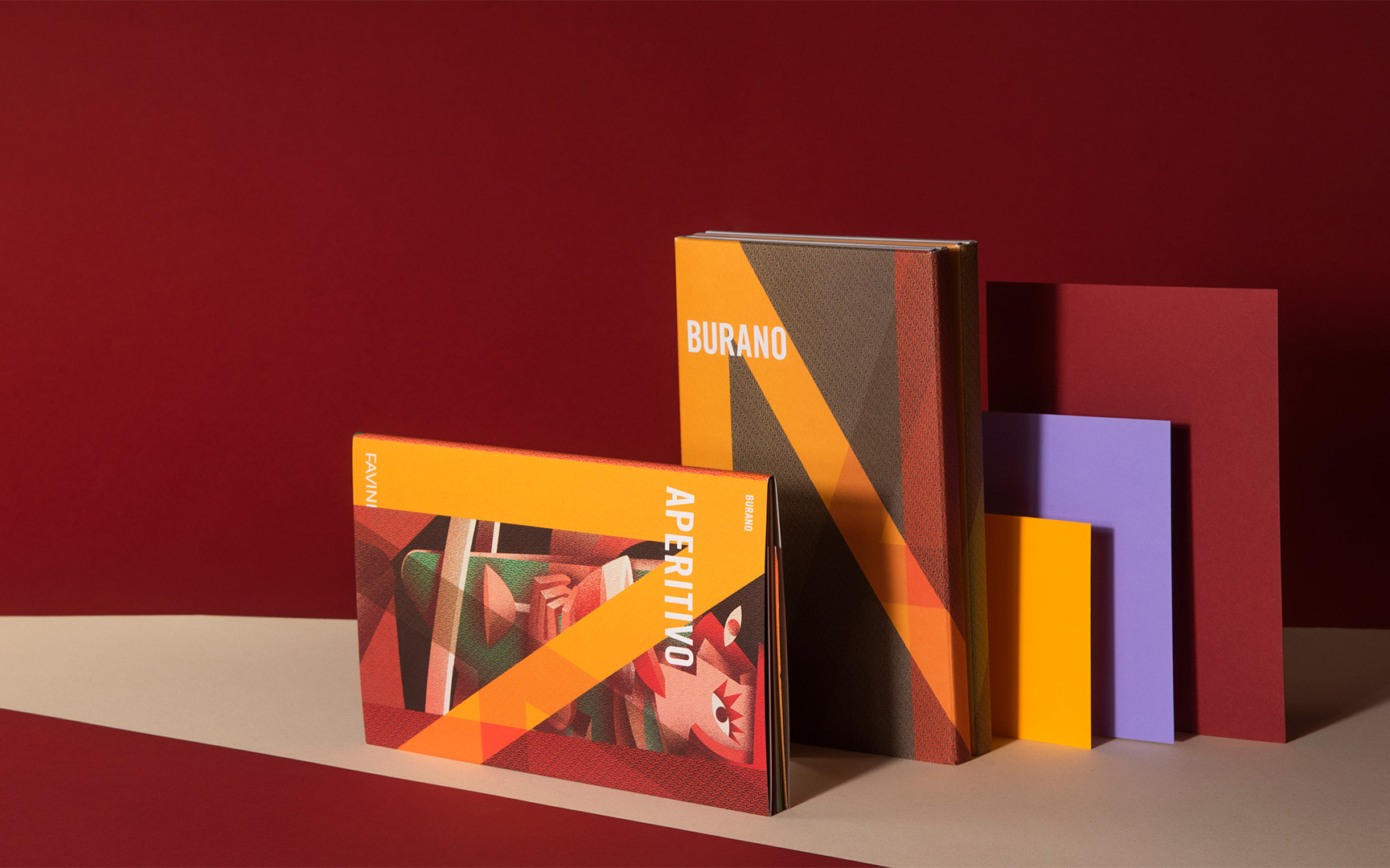
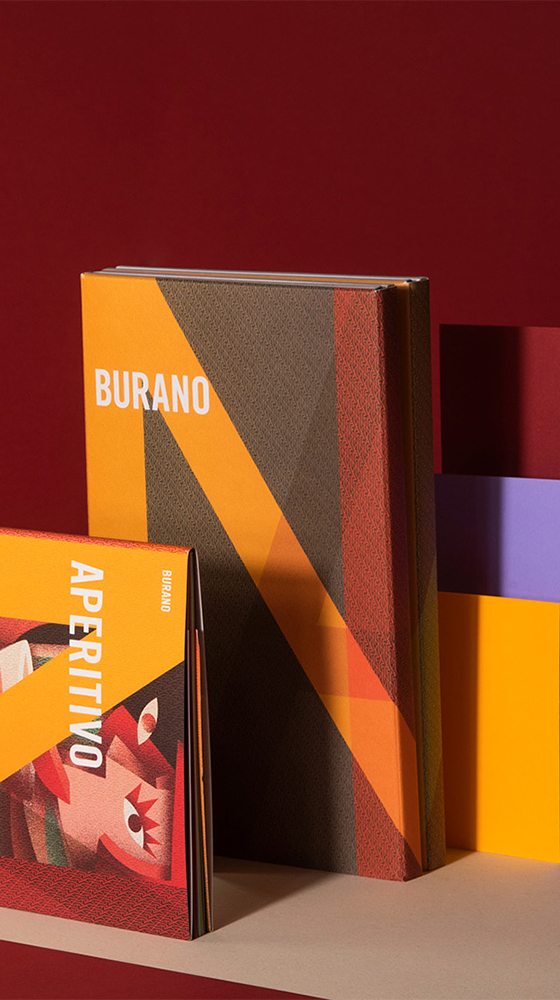
What is Burano
The point where colour and quality meet has a name: Burano: our range of smooth, mass-dyed coloured papers, available in a selection of grammages and sizes.
Our brand takes its name from an island nearby to Venice, famous worldwide for its coloured houses. The range offers 35 striking colours, from pastels, to strong brights through to rich dark shades. The Black, in particular, is exceptional.
It’s thought to be the purest and richest available, ideal for high-quality, luxury projects and communication. Completely free of carbon black, it’s also perfect for foil blocking. Burano is FSC™FSC™ C001810 certified.
Please note that Burano’s intense colours are mass-dyed as well as on the surface, therefore they cannot be guaranteed for rub resistance or bleed if in contact with water.
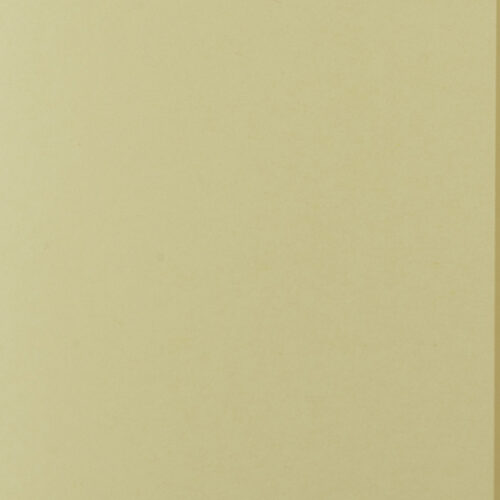





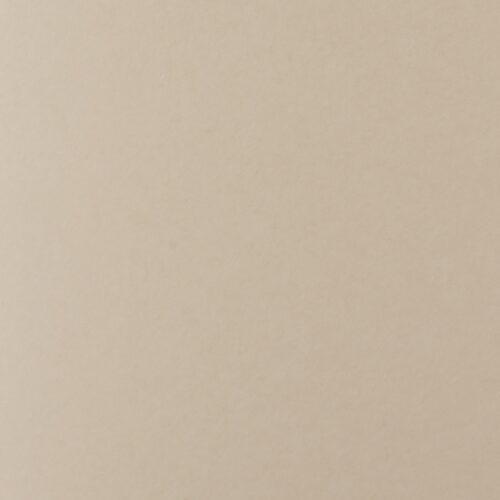

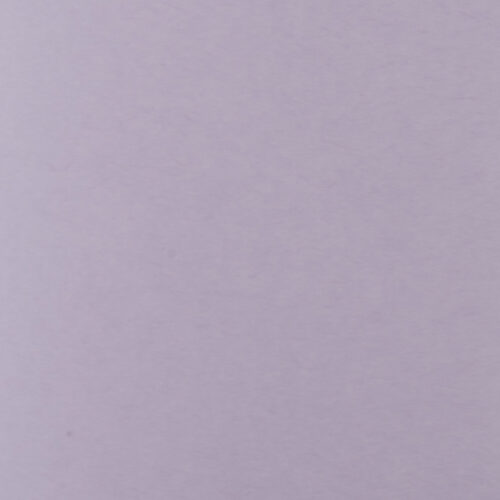





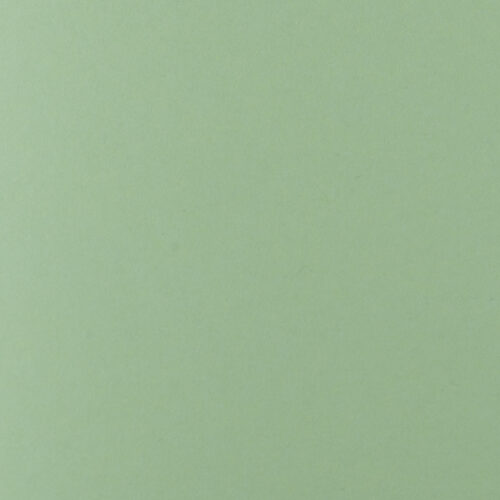

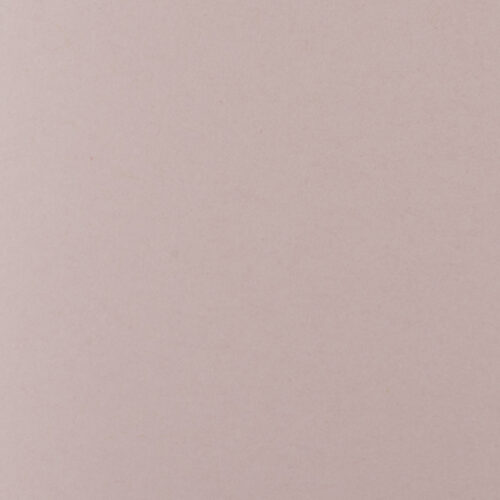

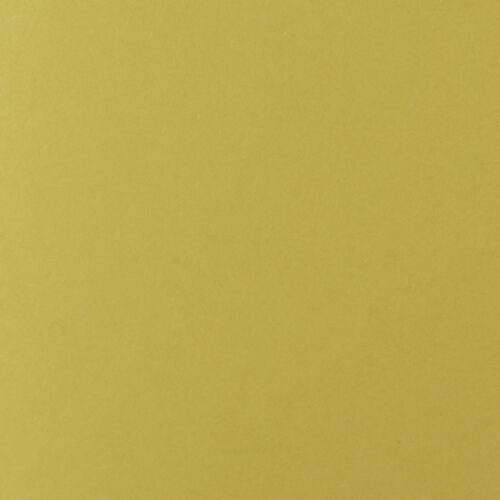

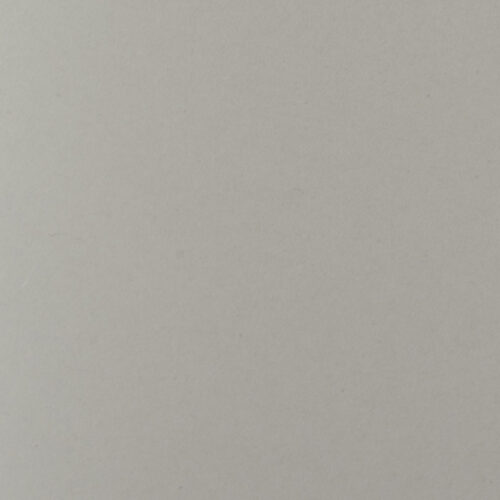

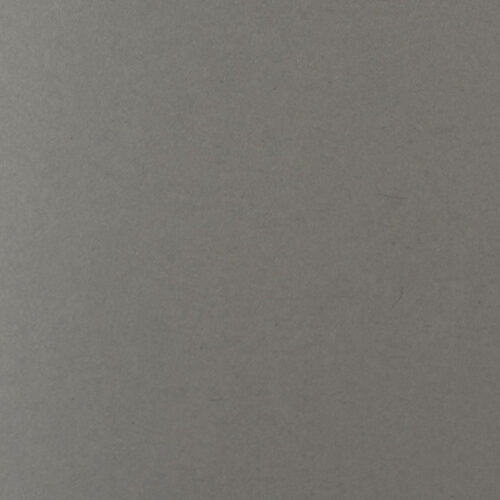

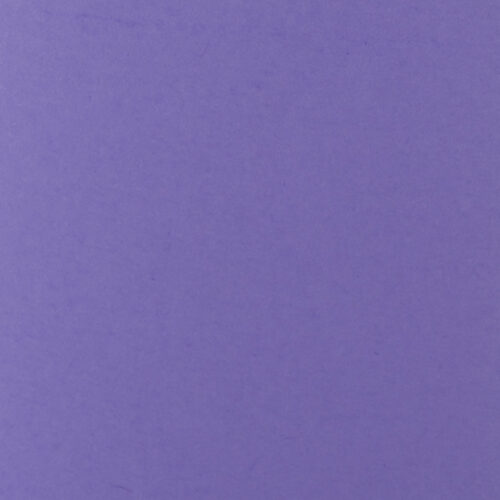

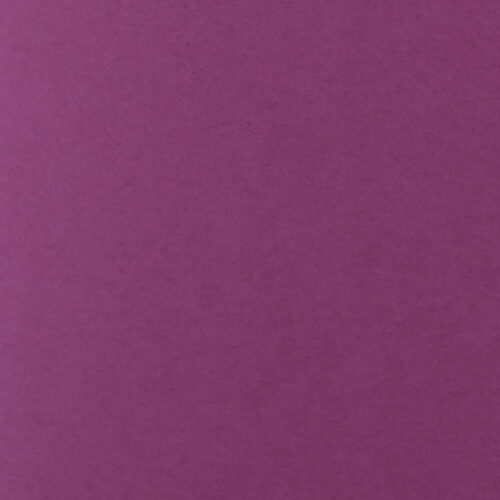

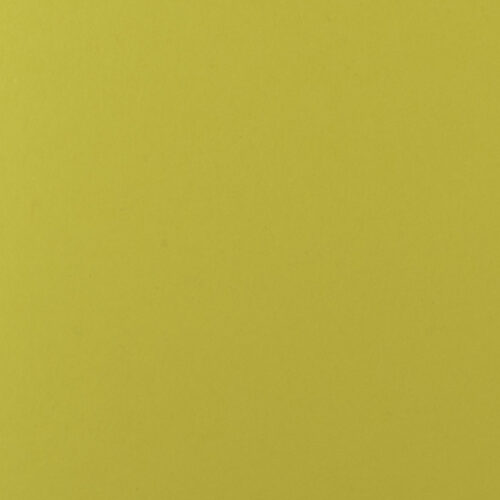

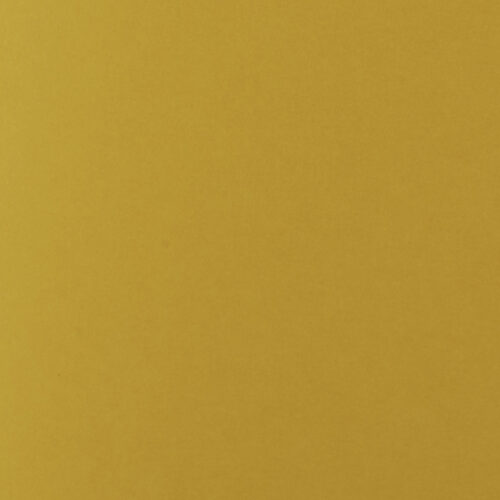

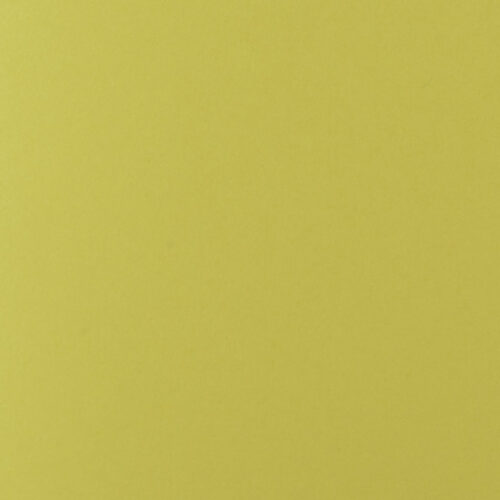

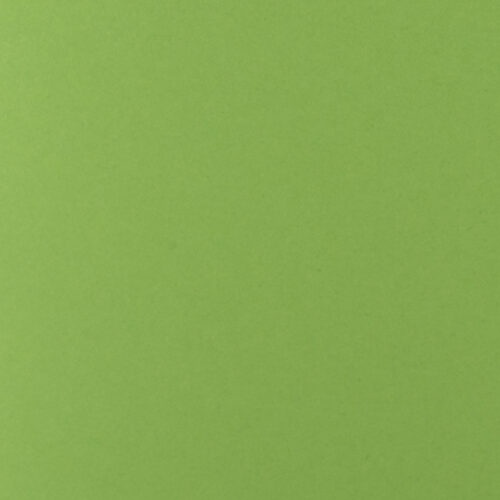



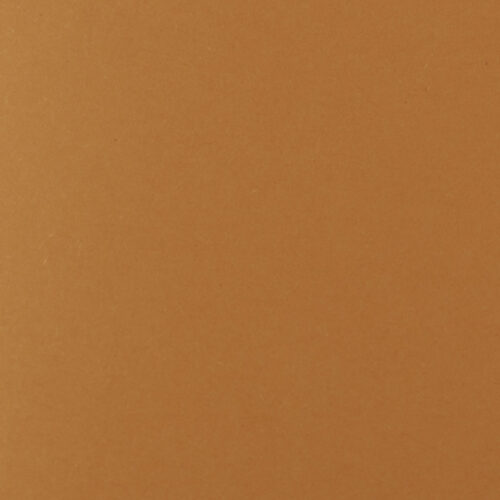

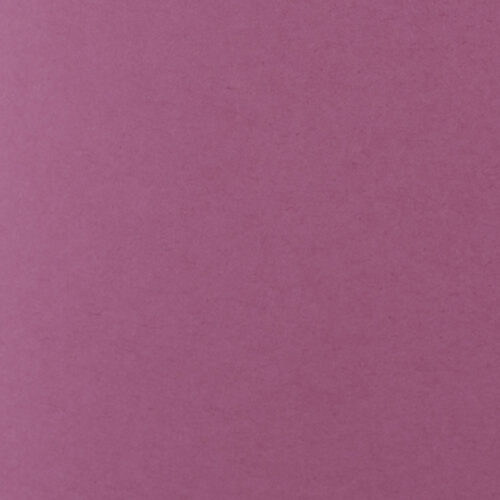

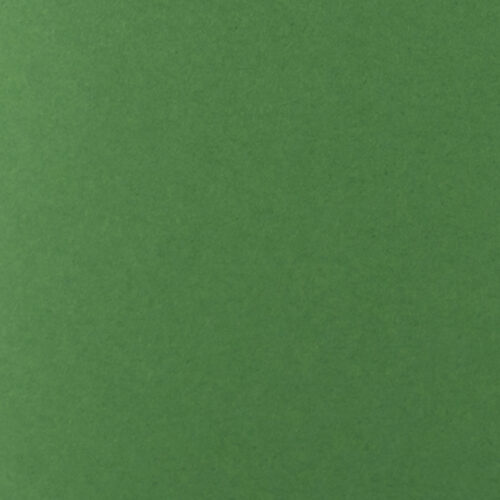

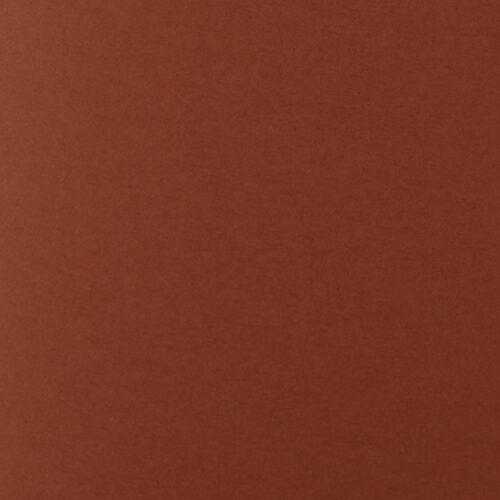

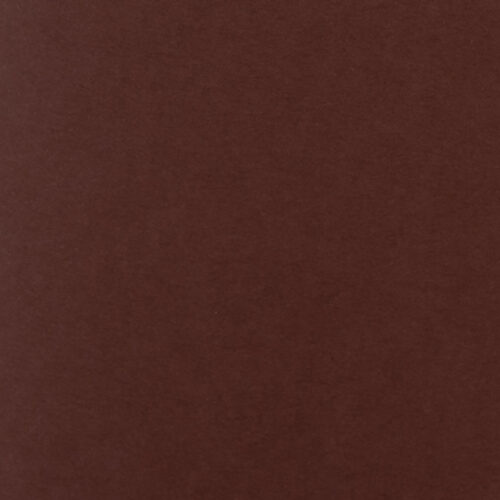

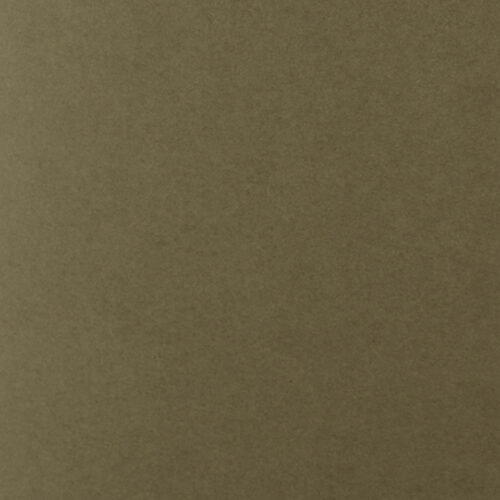

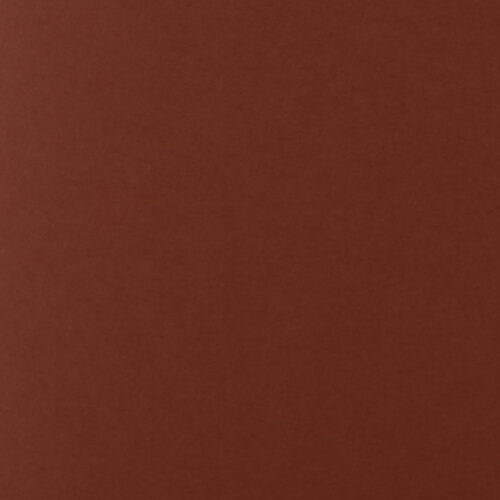

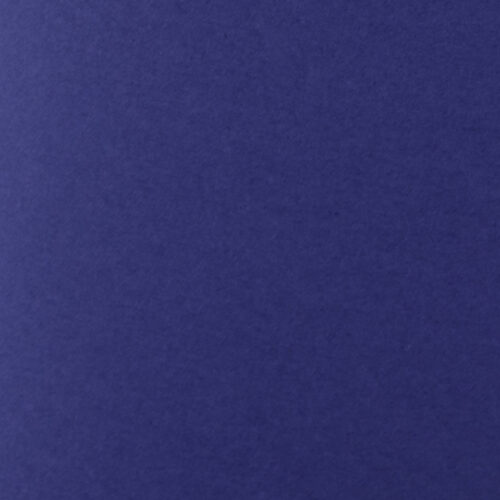



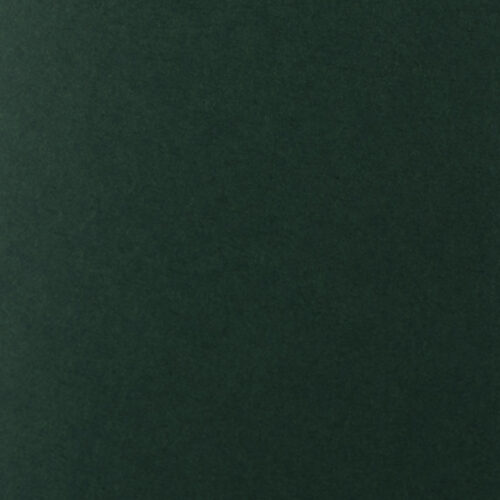

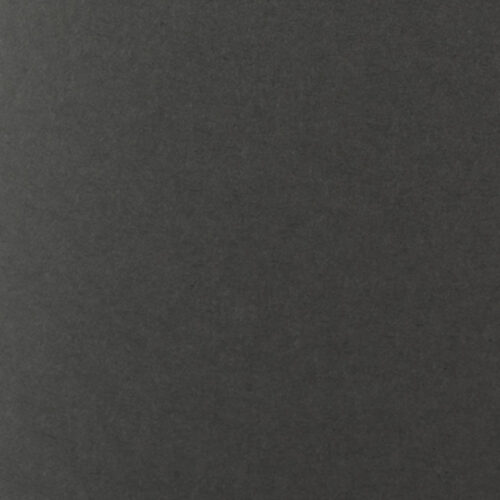

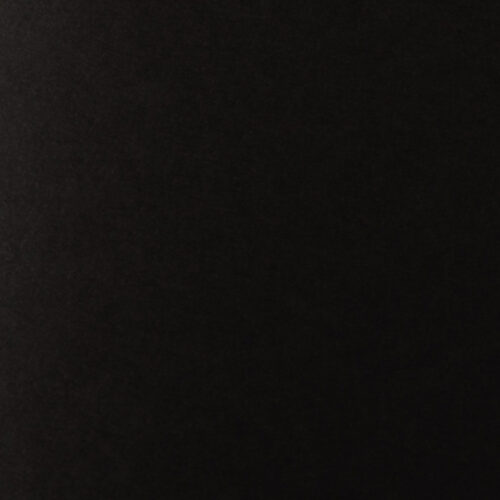



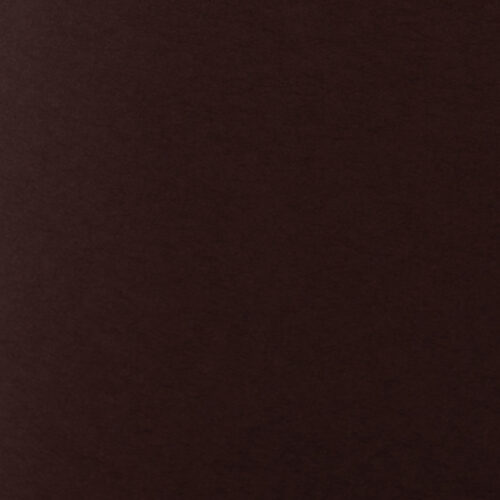



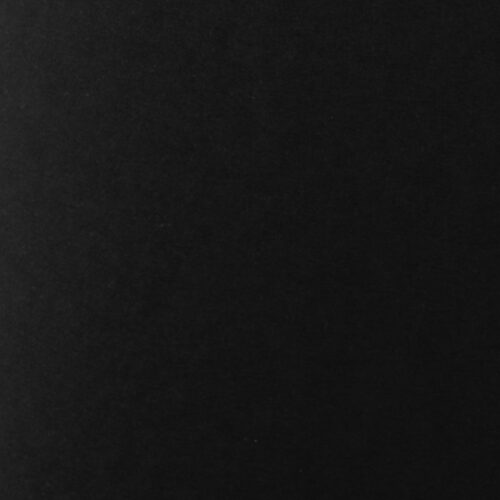







- Alga Carta
- Aralda
- Astralux
- Biancoflash
- Bindakote
- Burano
- Classy Covers
- Contact Laid
- Contact Pack
- Cover Line
- Crush
- Digital
- Dolce Vita
- Favini Art
- Laguna
- Lightset
- Lunar
- Majestic
- Mirage
- Prisma
- Refit
- Remake
- Sahara
- Shiro Echo
- Softy
- Sparto
- Sumo
- The Tube
- Tokyo
- Tree Free
- Twill
- Twist

